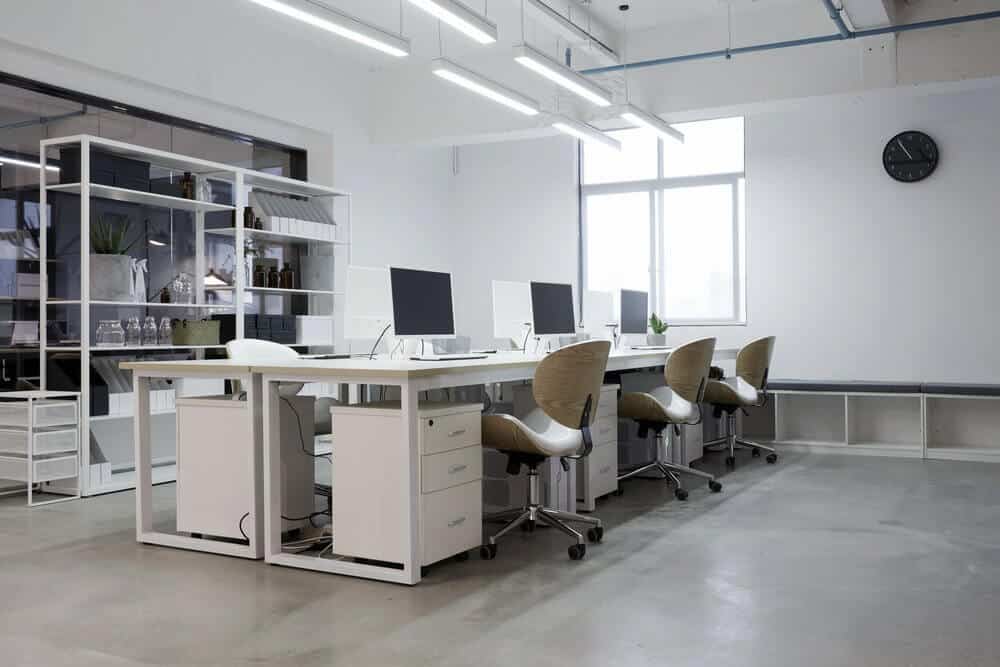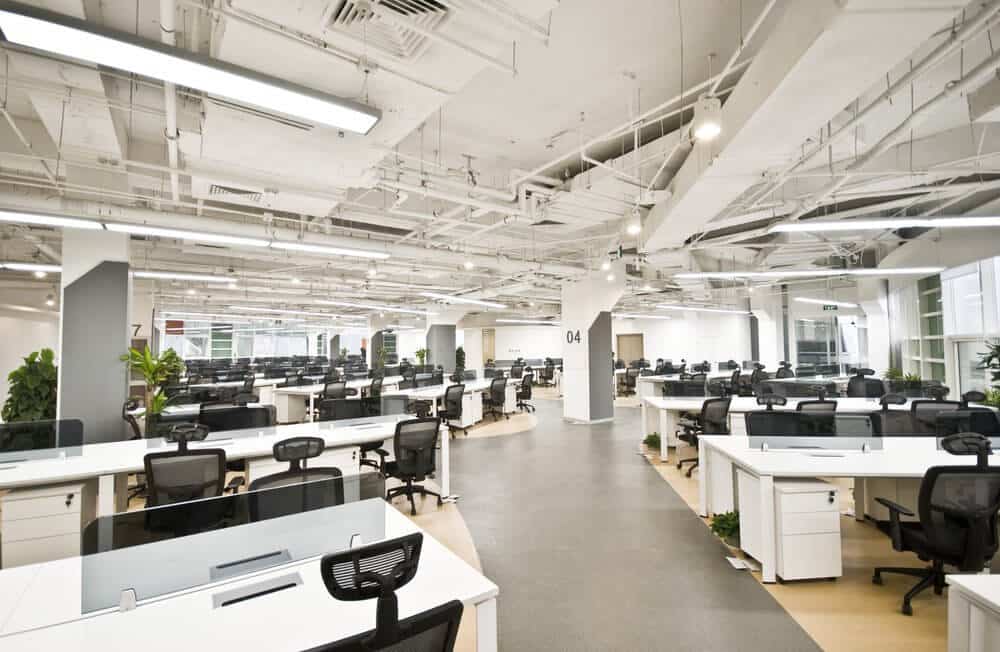
After moving into a new office, there are a lot of processes to put into place to streamline operations. You will want to make sure you are optimizing your space, properly allocating resources, perfecting your space’s wayfinding principles and strengthening your team communication. Here are some ways to further streamline your office space after a big move.
Map out the space and allocate resources

After an office move, you will need to properly arrange furniture, desks and resources within the new space. Move management software can help you, as a facility manager, make sure that each team has the necessary supplies and workspace they need. Thanks to drag-and-drop features, you can fine-tune any remaining details without having to actually rearrange the office space. This will help streamline the entire process by allowing you to test out different configurations and make sure your final design leads to optimal productivity.
You should also keep careful track of all company resources throughout this process.
During an office move, it is possible for company resources to be misplaced or lost. Help eliminate potential losses by using a good resource tracking system, so that you can keep tabs on everything from tables to company-owned art.
Perfect office wayfinding

After moving into a new office, it is important to remember that in addition to a proper workspace, office wayfinding plays a key role in your employees’ productivity. Wayfinding refers to the set of rules and processes that help employees and visitors move through your office space. While your Visual Directory will help your employees locate each other as needed, you should also ensure that your office space is not difficult for clients and other visitors to navigate.
As the facility manager, it is your job to make sure no one is wasting time getting from Point A to Point B.
In order to measure successful wayfinding, you should gather data about your current design and pathways, and look for patterns of usage. For example, if certain hallways are constantly overcrowded, is this because employees need more communal space to chat or brainstorm? Can an underused conference room be re-purposed to this end? Examining your space’s wayfinding can help you to isolate other pain points that may be holding your employees back from doing their job to the fullest potential.
Strengthen team communication

An office move mixes things up in the workspace—making it the perfect time to strengthen and reiterate your office’s internal communication protocols. In particular, as facility manager, you’ll find that right before and after an office move you may receive an influx of requests from different individuals and departments outlining the specific resources they’d like to secure in the new space. Implementing a strong internal communications plan can help to troubleshoot any problems that may arise in the first weeks of your new office, and will help you, as a facility manager, to better process the requests you receive.
You should take this time to consider where requests are being placed and processed. Are you relying on multiple channels, like email, phone calls or a complicated IT system to process your colleagues demands? If your office doesn’t already have one, now is the perfect time to implement a request management tool. Designed specifically for facilities management, this will allow you to better track each stage of employees’ requests so that nothing falls through the cracks after a move.
Moving offices may be tedious, but with the right tools it provides a great opportunity to streamline operations for your workplace overall. With the proper management systems, you can establish the best layout for your company while tracking company resources and determining cost savings. So long as you’ve taken the necessary steps to manage your space, team and resources, you can make informed decisions after an office move that will benefit your company for years to come.
Photos: Shutterstock / rawpixel, Shutterstock / LI CHAOSHU, Shutterstock / luchunyu, Shutterstock / Mooshny




